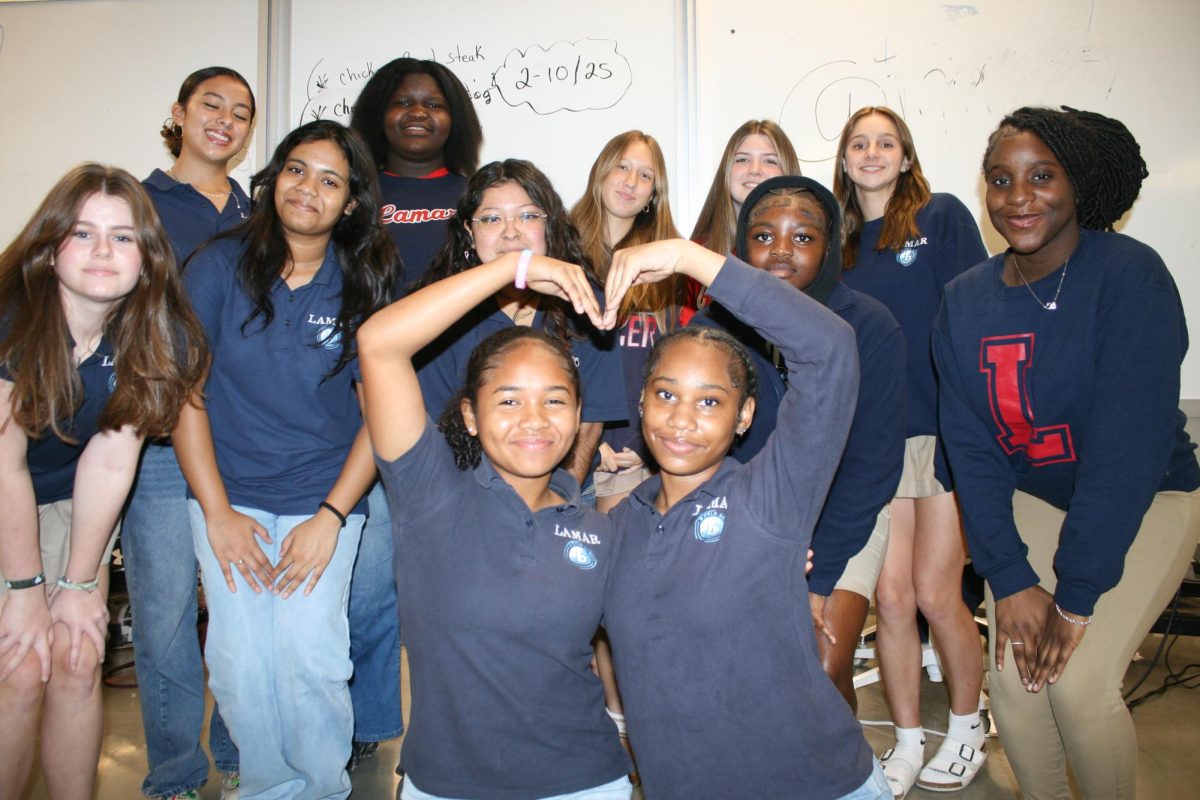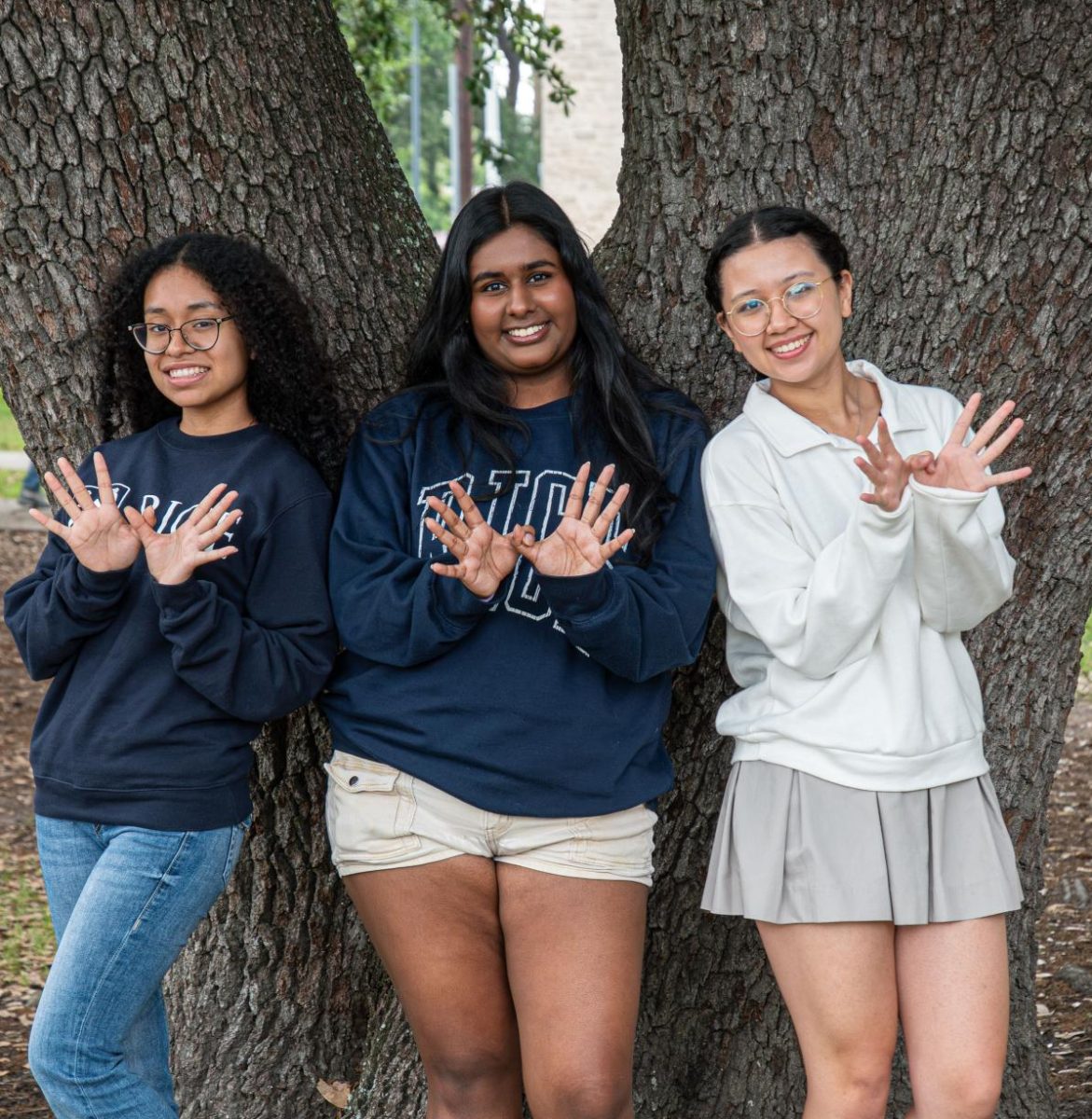Cultures around the world commemorate Valentine’s Day in more ways than just flowers and chocolates. From ancient customs and traditions to modern-day love letters, this centuries-old celebration of love has transformed itself into a widely celebrated holiday–regardless of its origins.
Although the exact origins of the holiday remains unclear, there are many different ideas from where it began. For example, some speculate that it is celebrated in the middle of February to commemorate the anniversary of St. Valentine’s death. However, others believe that idea is an attempt to christianize the Pagan holiday Lupercalia; a pastoral festival of Ancient Rome observed annually on February 15 to purify the city, promoting health and fertility. But it wasn’t until the Middle Ages, where countries such as France and England believed that February 14
should be a day for romance and love due to a belief that birds’ mating season began on that same day. This historical connection between nature and love laid the foundation for Valentine’s Day traditions, which have since evolved uniquely across different cultures and countries.
In the United States, the classic decorated cards we all know and love today started off in 1850 by a woman named Esther Howland, who began one of the first mass-produced Valentine’s Day card businesses in the U.S. These initial Valentines were rectangular in shape, assembled with fancy lace, and often featured poems, cherubs, heart motifs, birds, flowers, and other romantic imagery, and are still widely used/popular today.
But the United States isn’t the only one that has a unique way of celebrating. In Argentina, Valentine’s Day is celebrated over three times a year, with festivities being held not only on the original date, but also through specific dates in July. La Semana de la Dulzura (a week of sweetness) commemorates the special loved ones in your life by giving candy to your friends, family or coworkers to show them your appreciation. In countries like China, the equivalent to Valentine’s Day is known as the Qixi Festival, or the Seventh Night Festival, celebrated on the 7th day of the 7th month of the Lunar calendar.
Based on a Chinese legend, where two lovers were banished to the opposite sides of the Milky Way due to a forbidden romance. Whereas in the Eastern European country of Russia, they combine a fascinating mixture of
Orthodox, Western, and even Pagan traditions through various celebrations such as Peter and Fevronia Day,
known as the day of both family and love. On this day, cities usually hold concerts, craft fairs, and fireworks.
Yet for senior Maia McKenzie, she celebrates Valentine’s Day in a way most teens in this day and era most likely don’t. McKenzie shared that her unique V-Day tradition consists of gifting flowers to some of her male friends. “Even if it’s just a bouquet of flowers that can have the possibility of making someone’s day, I want to be a part of that,” she recalled. McKenzie began her tradition in 2021 after reading that most men do not receive flowers until their funeral,
which led to her from then on showing her appreciation with not only words, but with actions. “More recently, people are celebrating Valentine’s Day with their friends and family, and it’s not just about the romantic aspect but also the platonic aspect that we have to value,” said McKenzie. And although no Valentine’s Day is exact, Valentine’s Day reminds us that while the ways we celebrate may differ, it’s the universal language of affection that brings us closer together.





























